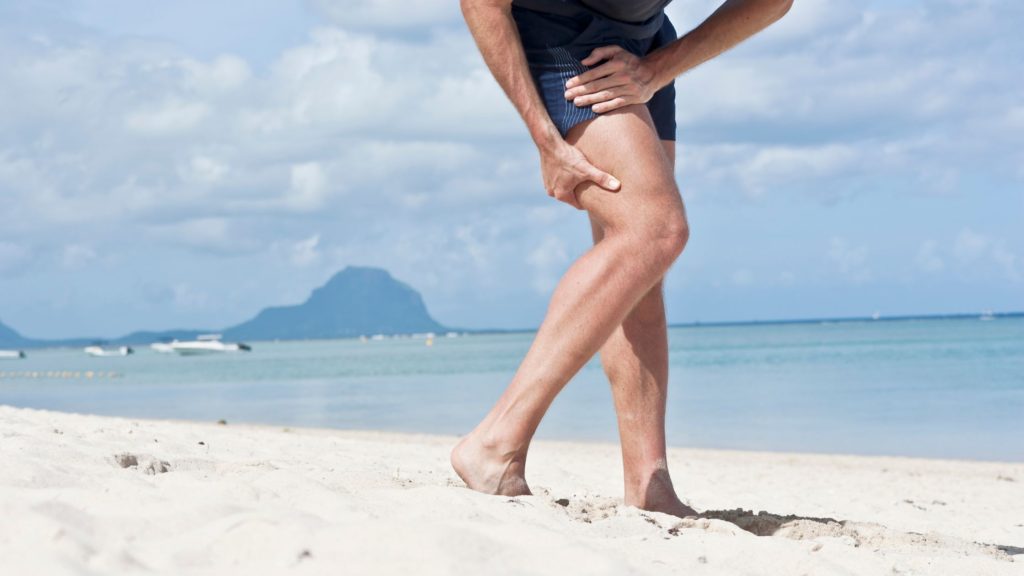
Do you know why you feel terrible muscle pain the very next or 3 days after the workout you did today? It’s due to muscle soreness or it is also called DOMS, Delayed Onset Muscle Soreness. Muscle soreness is a natural part of the exercise, but it can also occur when someone has an injury or illness. Learn how to relieve the muscle pain naturally by following these 10 tips for muscle recovery.
How to help muscle soreness after workout
We all have experienced muscle pain after the workout. Let me start this article with an experience shared by one of my patient.
“I usually do not go for a morning jog. One day after reading a health magazine my spirit of staying healthy got aroused and decided to go for it in the morning. The next morning I geared up to nearby Joggers Park and sweat out one kilometre at a single stretch. The whole day was so fresh and I could feel the high of being healthy. But things were different the other morning.
The morning when I woke up it was difficult for me to even get out of bed and I found my whole body in terrible pain. I struggled even to get to the washroom. There was the pain in the thigh and calf muscle.”
This might sound familiar to you. When playing cricket, football, tennis or any other sports away from your regular routine or simply doing any physical activity may cause muscle pain and soreness after 12 to 24 hours. This also happens when you increase or add any exercise regimen to an already planned exercise routine and you may wonder why it happens. But before we proceed let me tell you that it’s a very normal phenomenon and happens to everyone a professional athletes and a normal people like me.
What is Muscle soreness?
Muscle pain after a workout or muscle soreness we also call DOMS (Delayed Onset Muscle Soreness). Muscle soreness (DOMS) is very different from pain or fatigue you experience during the exercise. This type of muscle soreness starts after 12 to 24 hours of exercise. It is a normal response to unusual physical exertion.
Remedies for muscle soreness after workout
To the remedies we are going to cover we must first understand what causes muscle soreness or DOMS. Muscle is a contractile tissue which brings about movements. Every movement that happens in our body is the result of muscle, even the movement of eyeballs and eyelids occurs due to the very small muscles in our eyes. All the muscle in our body is categorised into three types, one is skeletal muscle, these muscles are attached to our skeleton, second muscle is smooth muscle: smooth muscle is present in our viscera and third is cardiac muscle: They form the muscle of the heart.
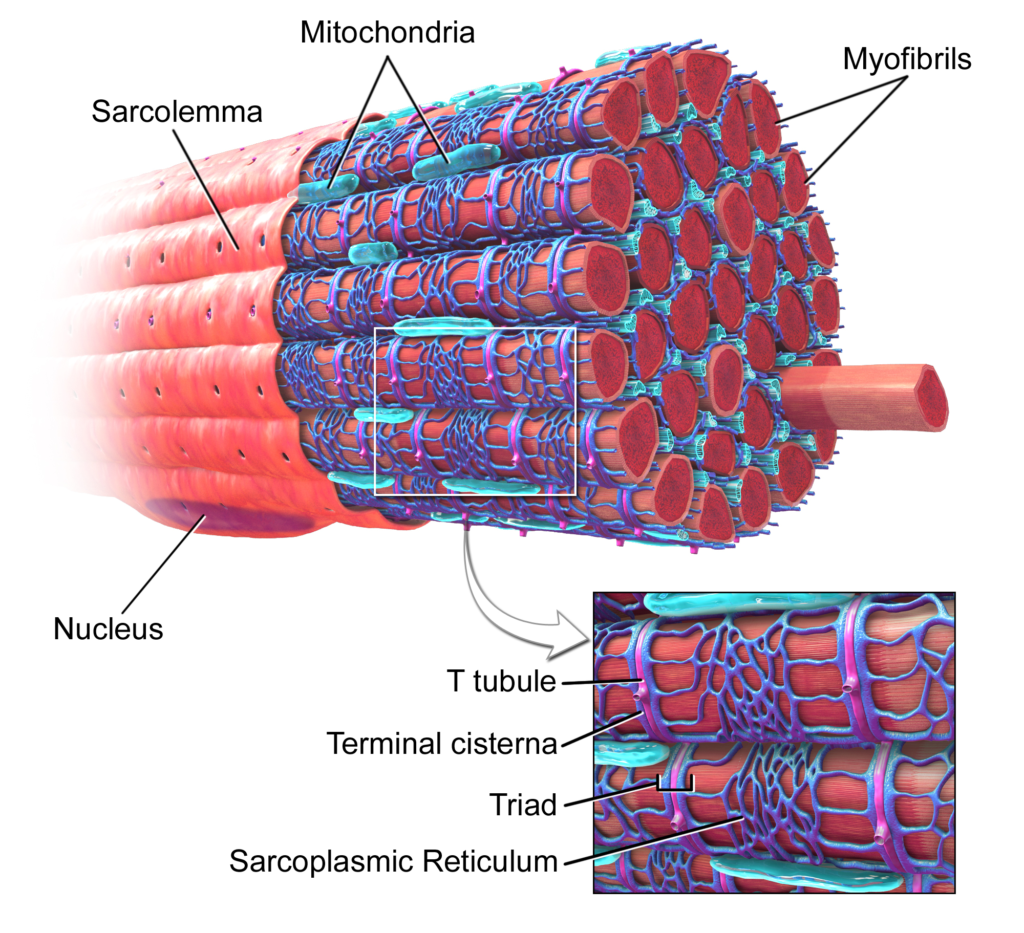
By BruceBlaus. Own work, CC BY 3.0,
Here, we are only concerned with skeletal muscle. Skeletal muscle is formed by numerous muscle fibres. Muscle fibres are a very thin threadlike structure which bundles up for muscle bulk (see figure below). You may compare it with wires used in cranes which are made up of bundling and interweaving numerous thin wires.
- The cause of DOMS is thought to be due to the micro-tear of the muscle fibres. The amount of pain depends on the amount of tear which in turn depends on how long and in which position the exercise has been done. It usually occurs during exercises involving eccentric muscle contraction.
- Eccentric muscle contraction is a contraction of muscle while the muscle is lengthening. For better understanding, you may co-relate it with the following example. Hold a dumbbell in your hand, when you bend your elbow the biceps muscle is contracting concentrically (concentric contraction), but when you lower the dumbbell the biceps is still contracting but this time it is contracting eccentrically. Other examples are when you lower yourself during the push-up, chin-up, and squatting.
While you may not be able to prevent muscle soreness or DOMS entirely, you may reduce its intensity by following the tips below
#1 Stretching to prevent muscle pain after workout
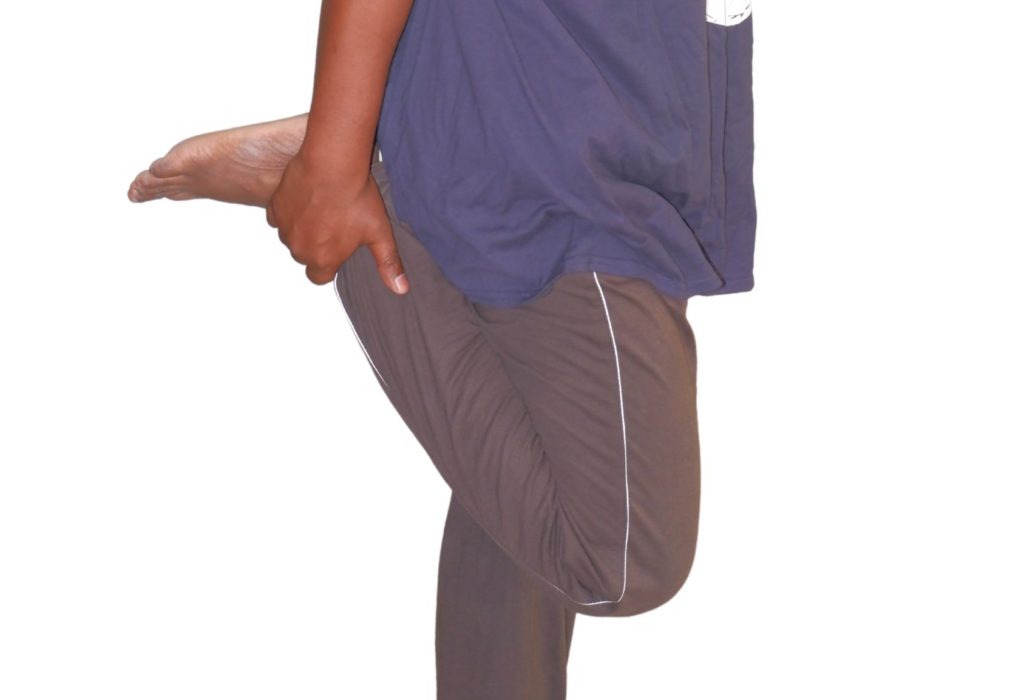
Stretching of the muscle prior to running/ jogging, playing sports, or doing any heavy physical activity has been found effective in the prevention of muscle soreness. It is highly advisable to go for muscle stretching before any sports (mainly outdoor sports).
If you are going for morning jogging take out five to ten minutes to do stretching before going out. Make it a ritual and you can have drastic control over the muscle soreness.
Stretching has also been found to cure muscle pain that develops after rigorous physical activity. Calf muscle pain is perhaps the most common of all and this calf muscle stretching can really be magical for you.
#2 Warm-up before workout an effective remedies for DOMS
Warm-up before workout/ sports/ gym is very important to prevent muscle soreness. Not only the warm-up, but cooling down after the workout is very important. The warm-up helps prepare our body and its system to take the stress of a workout, this is why we must know the importance of warm-up and
#3 Adequate hydration to prevent muscle pain after gym
Drink sufficient water throughout the day, keeping the body in good hydration is also very important. During the period of
Before and during exercise, hydration is key to maintaining fluid balance and can even improve endurance. But post-workout, consuming enough water is important to helping digest nutrients we consume through foods and repairing damaged muscle. Protein resynthesis in our body also requires muscles to be well-hydrated. And coupled with post-workout drinking water is necessary to help break down food, digest, and absorb all the nutrients in our body.
In one study, adequate hydration after a 90-minute run on a treadmill showed significantly faster heart rate recovery; this illustrates that hydrated bodies recover from exercise-induced stress faster. Don’t rely on the age-old test of urine to determine if you’re hydrated; that has been debunked. A good rule of thumb is to weigh yourself before and after a workout, drinking 1.5x the amount of weight lost.
#4 Ice packs
The application of ice packs for pain relief is also known as cryotherapy. You may try ice packs/ cryotherapy as many athletes have reported it to be effective. Actually, when our body is exposed to cold, it constricts blood vessels and decreases metabolic activity, reducing swelling and tissue breakdown, flushing metabolic debris from the muscle.
You can try ice bath in which the whole body is exposed to cold, however, a study finds that cryotherapy is ineffective in minimising symptoms of DOMS. This study challenges the wide use of this intervention as a recovery strategy by athletes (1).
#5 Eat Foods That Are High In Protein And Low In Sugar
You should eat foods high in protein and low in sugar to help reduce muscle soreness. These foods include lean meats, fish, eggs, beans, nuts, seeds, tofu, and whole grains.
#6 Massage for muscle soreness in neck and leg
A massage can also help ease muscle pain. Massage has been in practice to cure DOMS since age. It helps reduce inflammation and relax tense muscles. Though hand massage is recommended, if you don’t have an option you can go for an air compression leg massager. This massager uses air-inflatable cuffs that inflate and deflates sequentially to give a hand massage feeling and it’s equally effective. For upper back pain and muscle soreness in neck also you can use a neck massager that gives the feeling of a hand massage. You can watch the video to get an idea of how this massager works.
Reference:
- Sellwood, K. L., Brukner, P., Williams, D., Nicol, A., & Hinman, R. (2007). Ice-water immersion and delayed-onset muscle soreness: a randomised controlled trial. British journal of sports medicine, 41(6), 392–397. https://doi.org/10.1136/bjsm.2006.033985
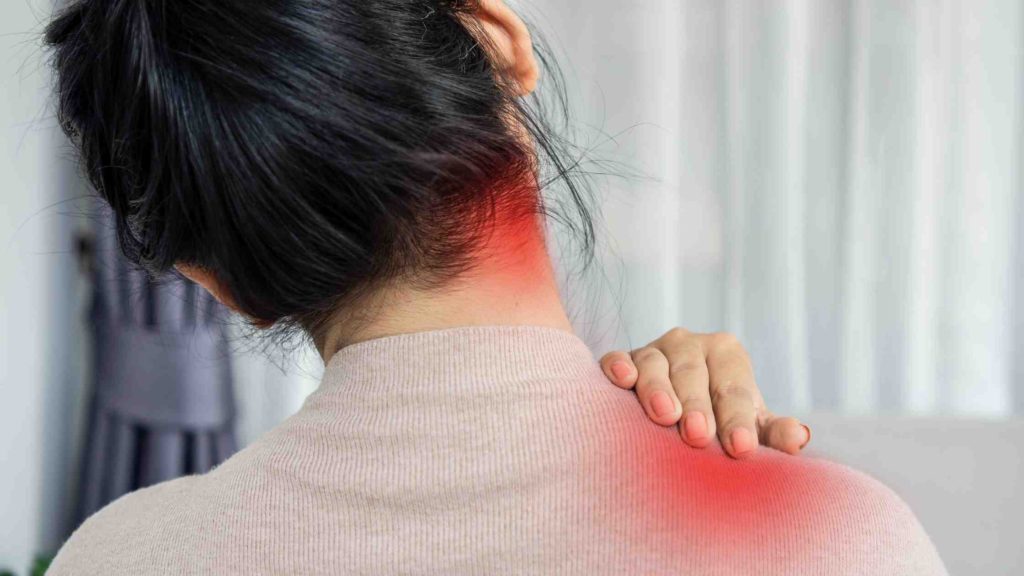
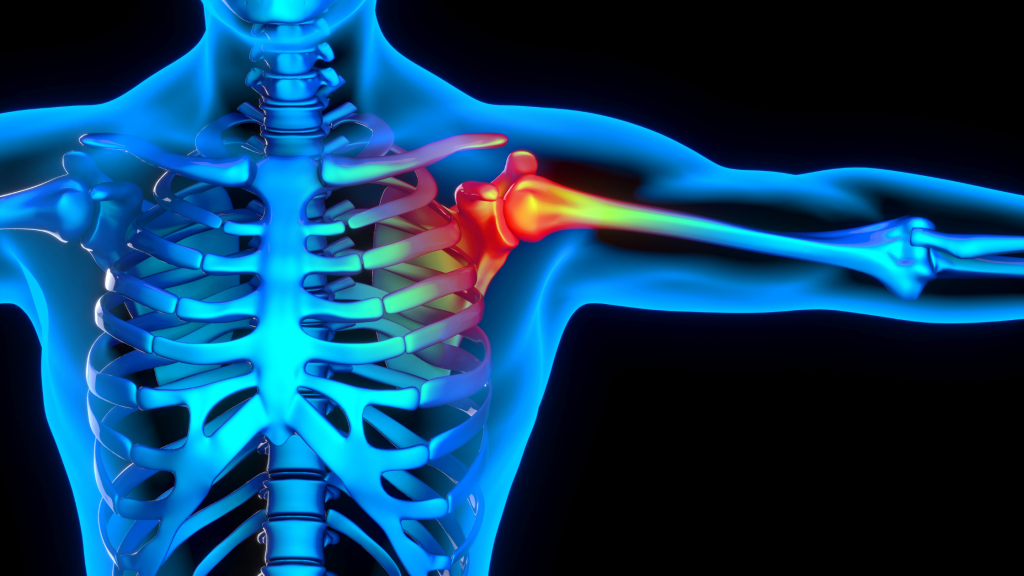

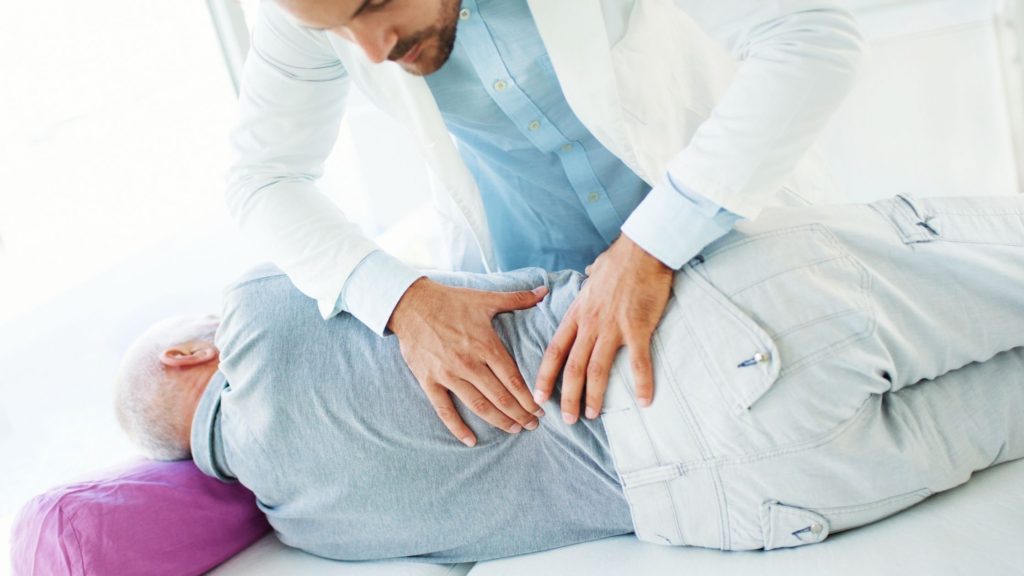
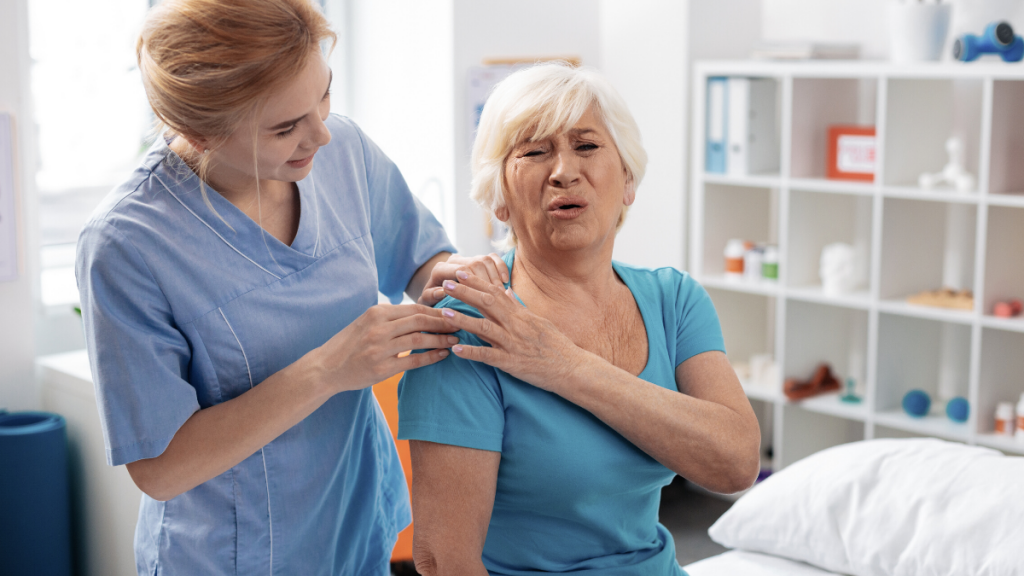
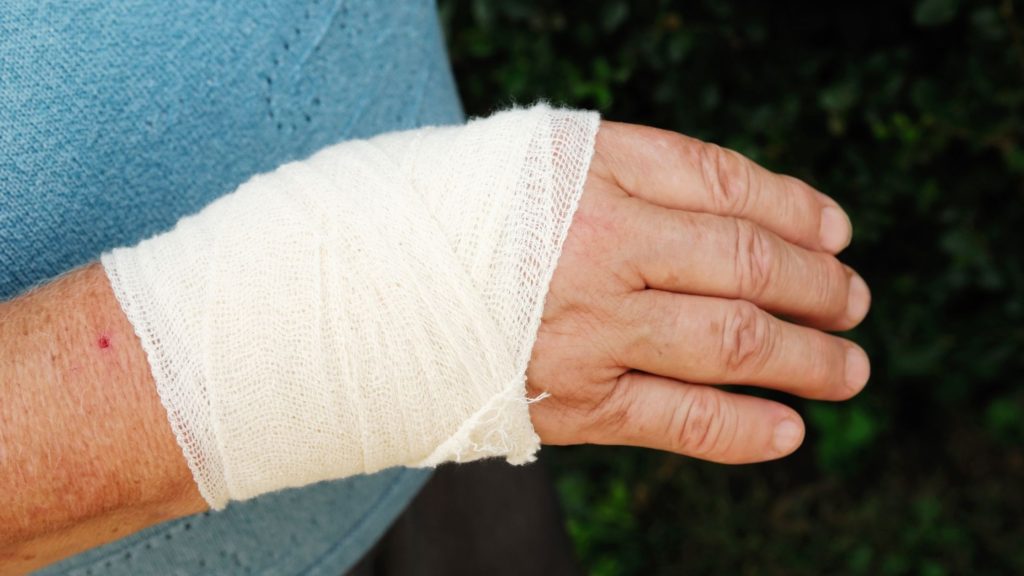
Pingback: 5 Easy Shin Splint Stretches for Pain That Actually Works - Physiosunit
Pingback: Why warming up is important (and cooling down) in sport - Physiosunit
Pingback: What is the Importance of a Warm-Up? : Physiosunit
Pingback: 2 Best Leg Pain Relief Exercises in Hindi – Viral Videos
Pingback: How to Stop Leg Cramps at Night? : Physiosunit
Thank you
Nice post , if you want do follow link please contact me . [paid] of DA 26 , PRICE 1000 RS.